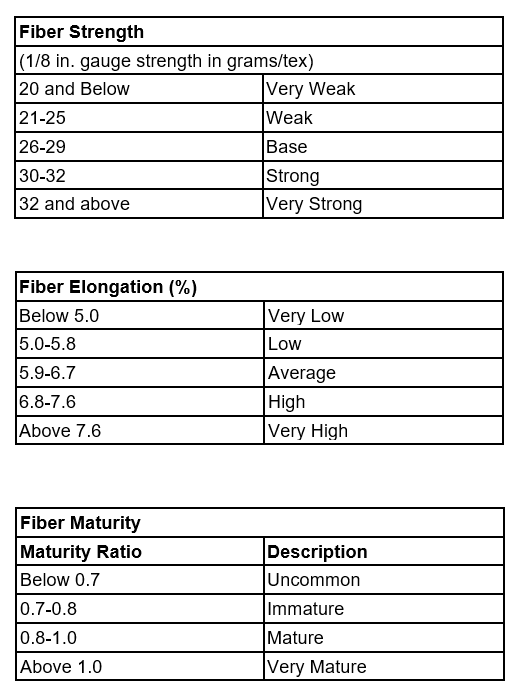Cotton, Miracle of nature
Cotton is one the most versatile agricultural products. Cotton is used in production of different kinds of fabric, towel, garment and ….
Even in our modern world, cotton is still considered one of the wonders of nature and thousands of useful products are produced everyday using cotton fibers. Millions of people have jobs thank to this miraculous plant.
For more than 7000 years humans have used cotton to produce clothing.
Properties
Cotton, as a natural cellulose fiber, has a lot of characteristics, such as:
– Comfortable soft hand
– Good absorbency
– Color retention
– Prints well
– Machine-washable
– Dry-cleanable
– Good strength
– Drapes well
– Easy to handle and sew
The overall contents are broken down into the following components.
-
80-90% Cellulose
-
6-8% Water
-
0.5 – 1% Waxes and Fats
-
0 – 1.5% Proteins
-
4 – 6% Hemicellulose and Pectins
-
1 – 1.8% Ash
Ratings of Fiber Properties
Fiber properties according to Cotton Inc.
COLOR
The color of cotton samples is determined from two parameters: degree of reflectance (Rd) and yellowness (+b). Degree of reflectance shows the brightness of the sample and yellowness depicts the degree of cotton pigmentation. The color of the fibers is affected by climatic conditions, impact of insects and fungi, type of soil, storage conditions etc. As the color of cotton deteriorates, the processability of the fibers decreases.



